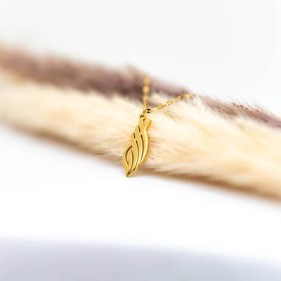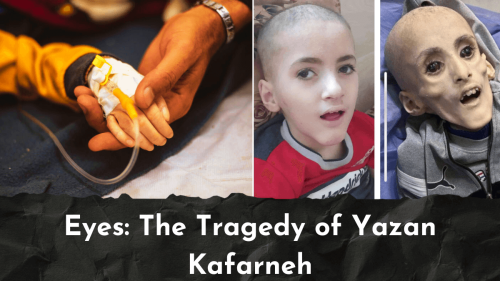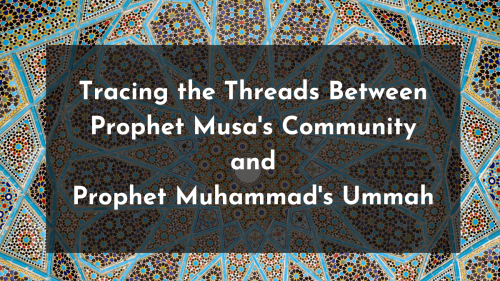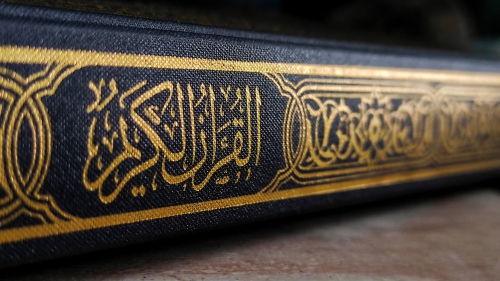Services
Highlights
Quran 25:63
News Around the World
LIFE & SOCIETY
PEWRESEARCH.ORG
The World’s Muslims: Religion, Politics and Society
FAITH & SPIRITUALITY
THECONVERSATION.COM
The stories of Australia’s Muslim Anzacs have long been forgotten. It’s time we honour them
NATURE & SCIENCE
SPECTRUMNEWS1.COM
Citizen scientists gather data to help preserve wildlife in Wisconsin
WORLD AFFAIRS
ALJAZEERA.COM
New York police arrest 282 protesters after Columbia, CCNY raids
WORLD AFFAIRS
ALJAZEERA.COM
Seafarers pay the price for the murky business of ship nationality
WORLD AFFAIRS
ALJAZEERA.COM
Why would Israel and its allies fear the ICC?
WORLD AFFAIRS
ALJAZEERA.COM
Why would Israel and its allies fear the ICC?
WORLD AFFAIRS
ALJAZEERA.COM
New York arrests, violent attack in California as Gaza campus protests rage
WORLD AFFAIRS
THECRADLE.CO
The U.S. student Intifada: Palestine’s new soft power leverage
WORLD AFFAIRS
MIDDLEEASTEYE.NET
Campus protests: This could be the moment when Israel loses the West
WORLD AFFAIRS
MIDDLEEASTMONITOR.COM
Is WhatsApp putting Palestinians at risk of being killed in Gaza?






















































